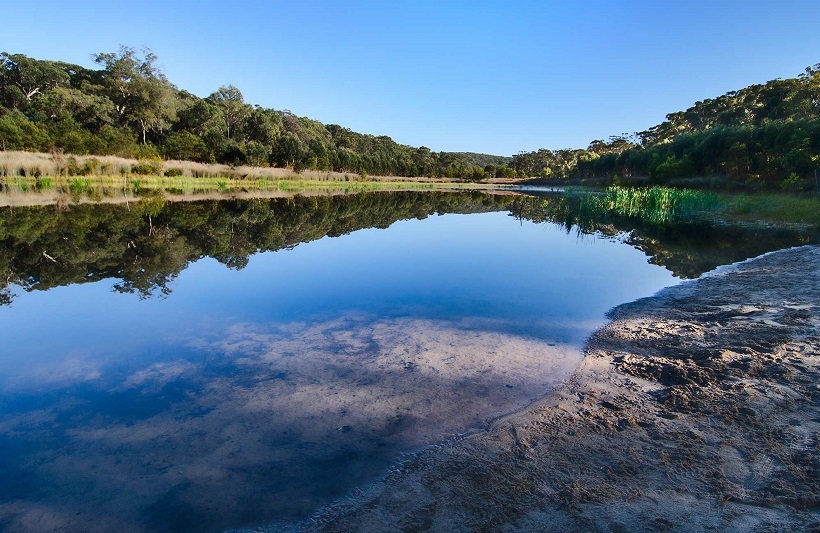
Climate variations were largely responsible for the decline in the water levels of the ancient lake system at Thirlmere Lakes, an extensive, four year investigation has found.
A report has now been released following the completion of the Thirlmere Lakes Research Program into the fluctuating water levels.
The report says no direct links were found between the drying out of Thirlmere Lakes and the nearby coalmine, but could not rule out a smaller impact on water levels from mining.
Thirlmere Lakes National Park, which is part of the Greater Blue Mountains World Heritage Area, has always been a favourite recreational area and swimming spot for Wollondilly residents and visitors.
The five lakes have seen periodic significant declines in water levels over the past decade, with the most recent during 2018 and 2019.
In 2016, in response to community concerns over possible links to mining operations, Wollondilly Council requested an investigation into causes of variations of the levels of Thirlmere Lakes.
In 2017 funding of $1.9 million was committed by the NSW Government to a research program comprised of individual studies by a number of research institutions, including universities.
Council broadly welcomed the funding of the program as a means of addressing the community’s concerns over reductions in levels of the lakes.
“Although water levels at the lakes have gone up and down over time, community members have been very concerned about the dramatic drop in water levels at the lakes in the last 10 years or so,” says Wollondilly Mayor Matt Gould.
“We are pleased to see that this report into the water levels at Thirlmere Lakes has now been made public, providing a scientific based response to the uncertainty that has existed about the lakes and the observed variations in their levels.
“Council and community members really appreciated the community information days that were held throughout the program.
“The collaboration with the Science Division, individual researchers, National Parks and Wildlife Service and SIMEC during the research program was very positive,’’ he said.
“Council looks forward to ongoing collaboration with key stakeholders such as the National Parks and Wildlife Service as part of the ongoing management of the Park and its lakes.
“It is good to see that following significant rainfall events more recently, Thirlmere Lakes are currently at much healthier levels.”
The findings of the Thirlmere Lakes Research Program can be found online https://www.environment.nsw.gov.au/research-andpublications/our-science-and-research/ourresearch/water/freshwater-and-wetlands/thirlmere-lakesresearch

I would take this conclusion with a very heavy dose of salt.